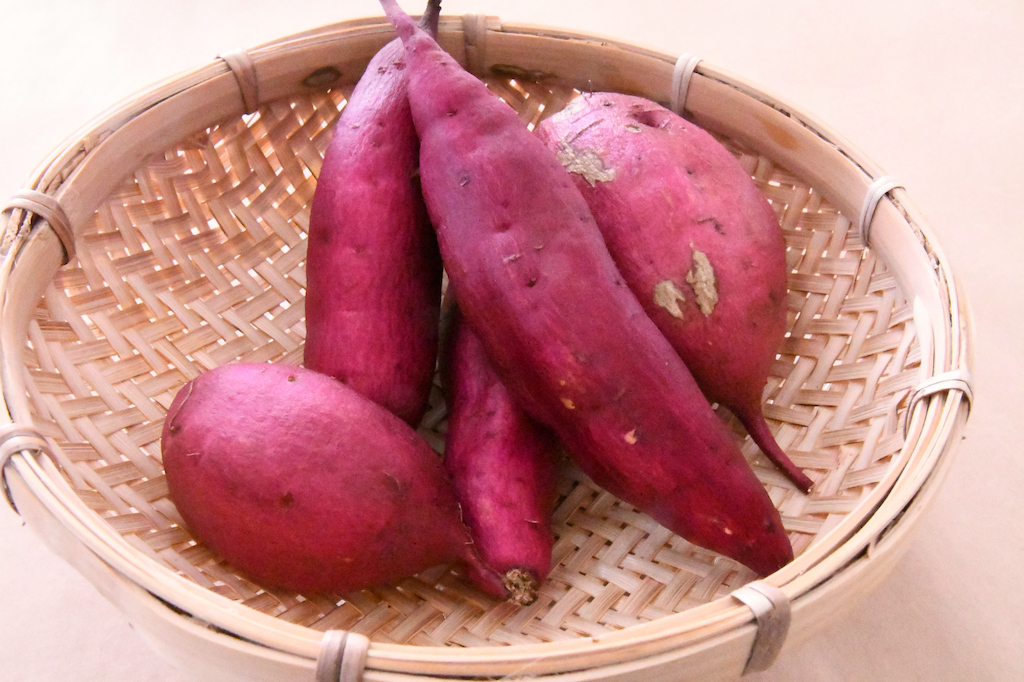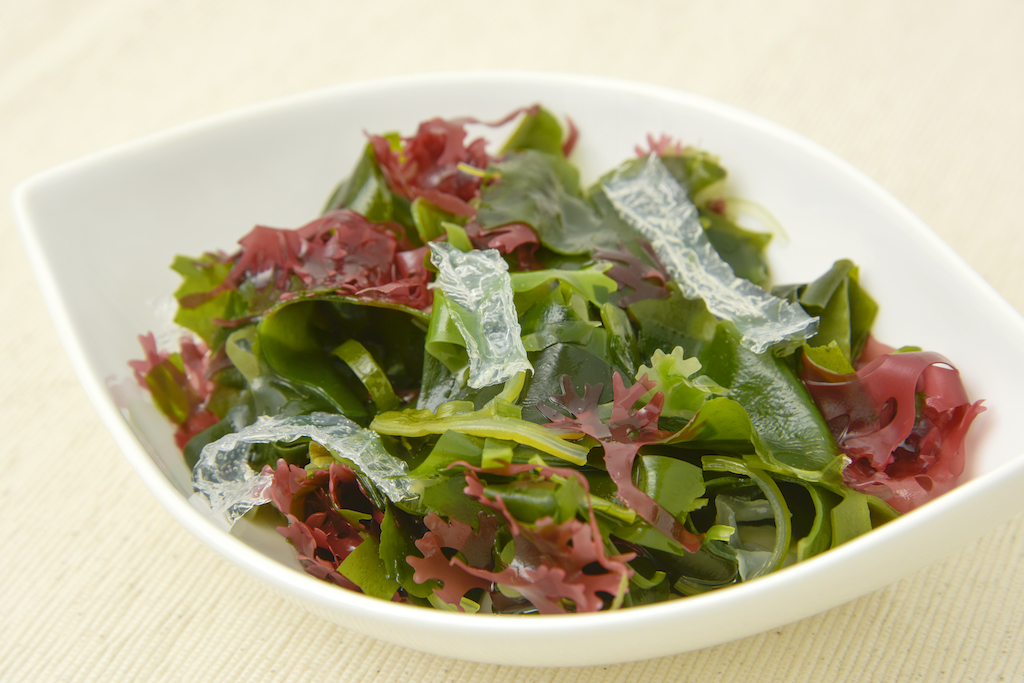Both Japanese yam and sweet potato are potatoes that are often eaten in Japan, but they are completely different.
Here, I would like to explain each one of them. The taste and the way of eating are completely different, so please refer to it.
Japanese yam
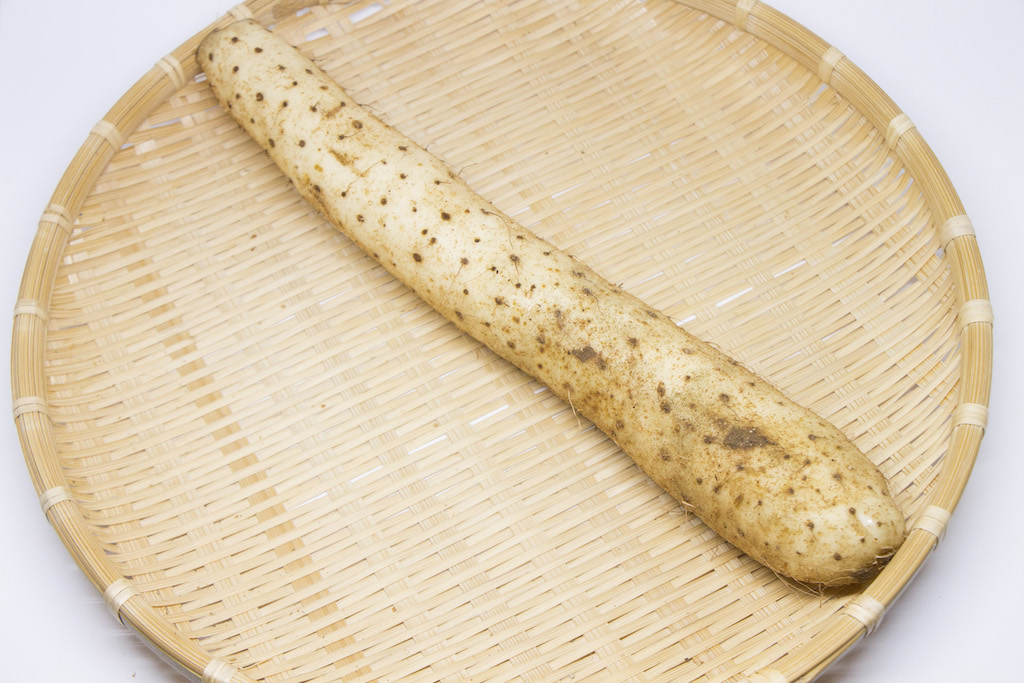
It’s called “yamaimo” or “jinenjo” in Japanese.
The one native to China is called Chinese yam (“nagaimo” in Japanese), and you can think of it as almost the same as Japanese yam.
The grated yam is called “tororo”, by the way.
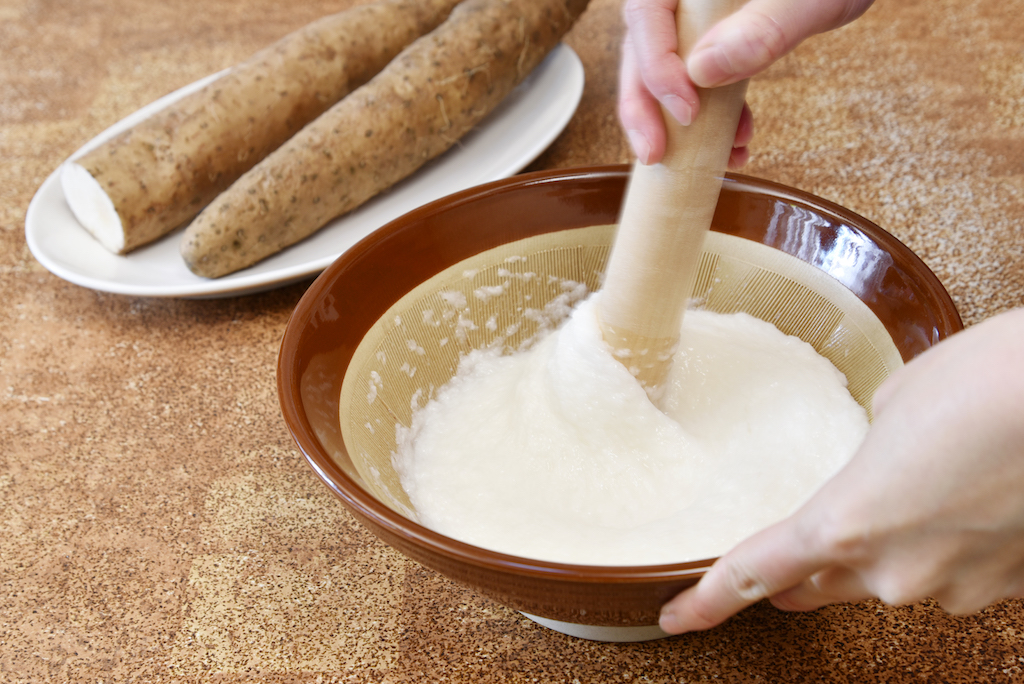 ▲Tororo
▲Tororo
Taste
The taste is very light and simple. You may feel a subtle potato-like flavor.
Japanese yam is much more sticky, and has a little sweeter taste than Chinese yam.
The best feature of both is stickiness.
When cut and used, a crispy daikon-like texture is added.
How To Use
Japanese yam can be eaten raw or over the fire. Here are some popular ways of eating it in Japan.
Tororo
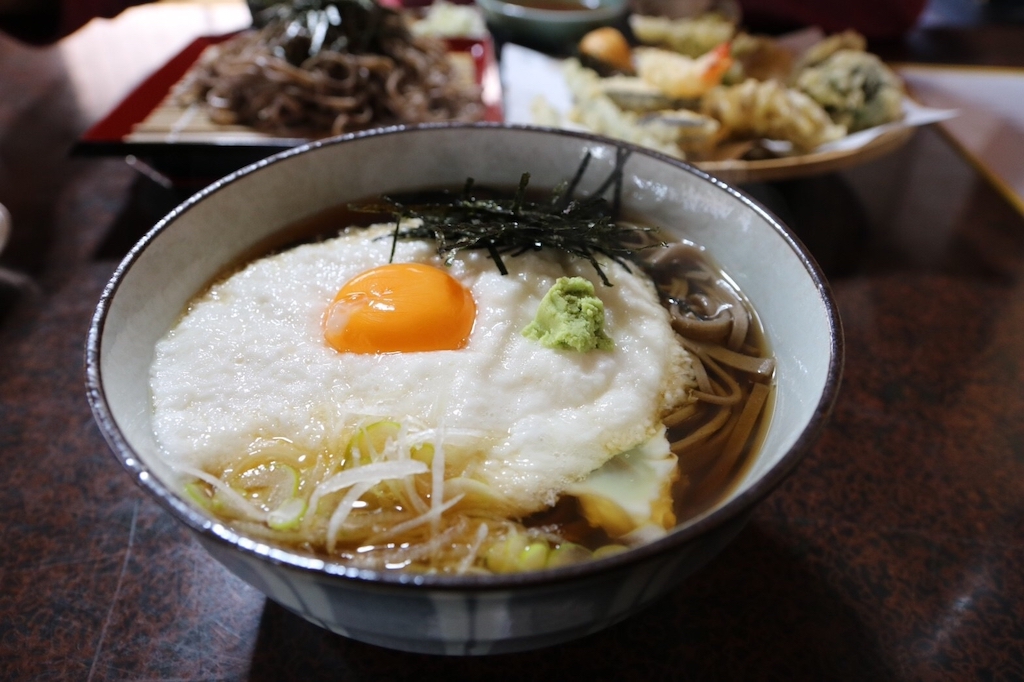
A typical way to eat it is to grate it and season it with soy sauce or dashi stock.
This dish is called “tororo” in Japanese, and it’s delicious when eaten over rice or soba.
Okonomiyaki
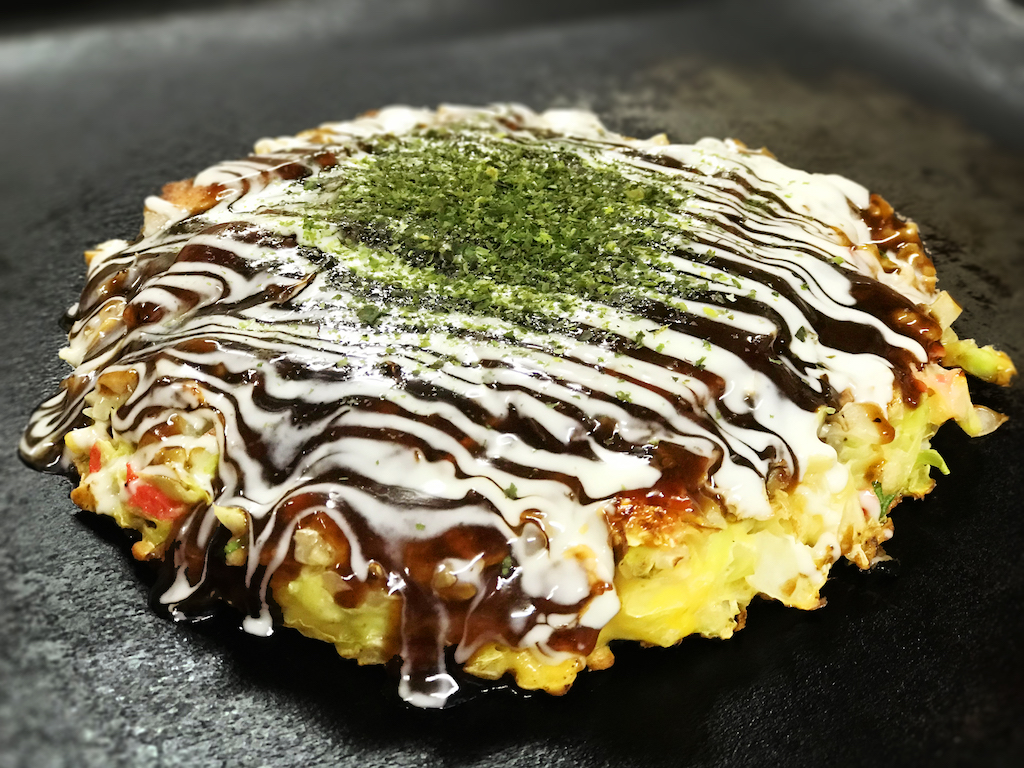
It is also popular to add grated yam to okonomiyaki dough. By doing that, the texture of okonomiyaki will be extremely fluffy and delicious.
Best Fluffy OKONOMIYAKI Recipe
Vegetable with dressing
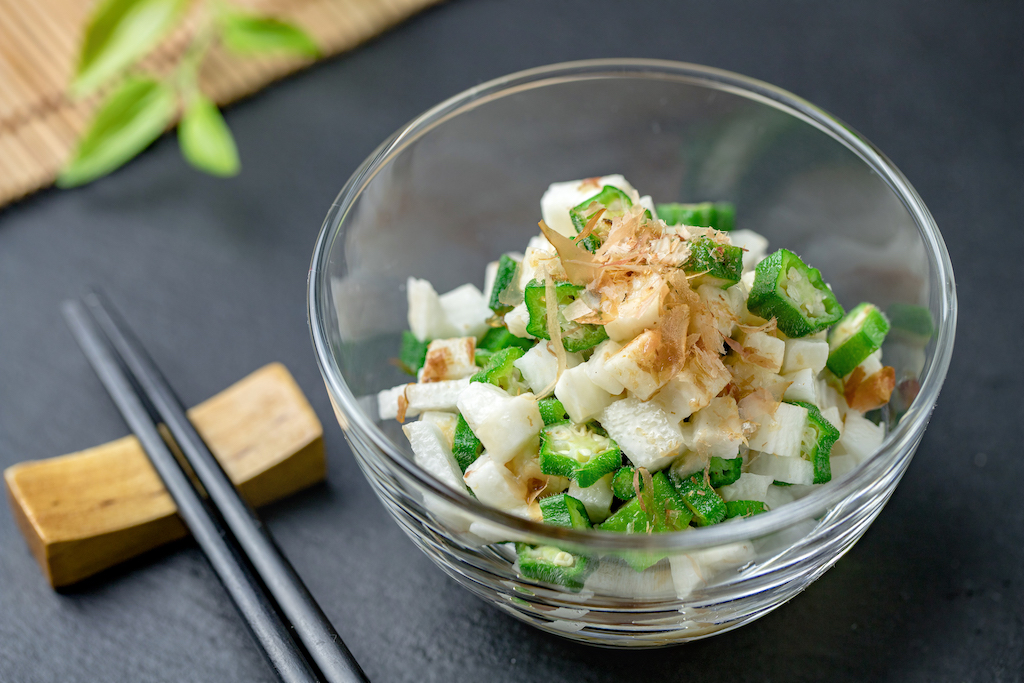
In addition to grated, it may be shredded and used. Shredded Japanese yam and other seasonal vegetables or protein with your favorite dressing will be very delicious side dish. The dressing can be anything, but soy sauce based sauce is popular for it. The crispy raw shredded yam is amazing and you can enjoy totally different texture from the grated one.
By the way, Japanese yam and Chinese yam are a rare potato in the world that can be eaten raw. They contain the digestive enzyme diastase, and the part of starch is decomposed by that. That is why, it doesn’t make your stomach upset even if you eat it raw.
Japanese yam steak
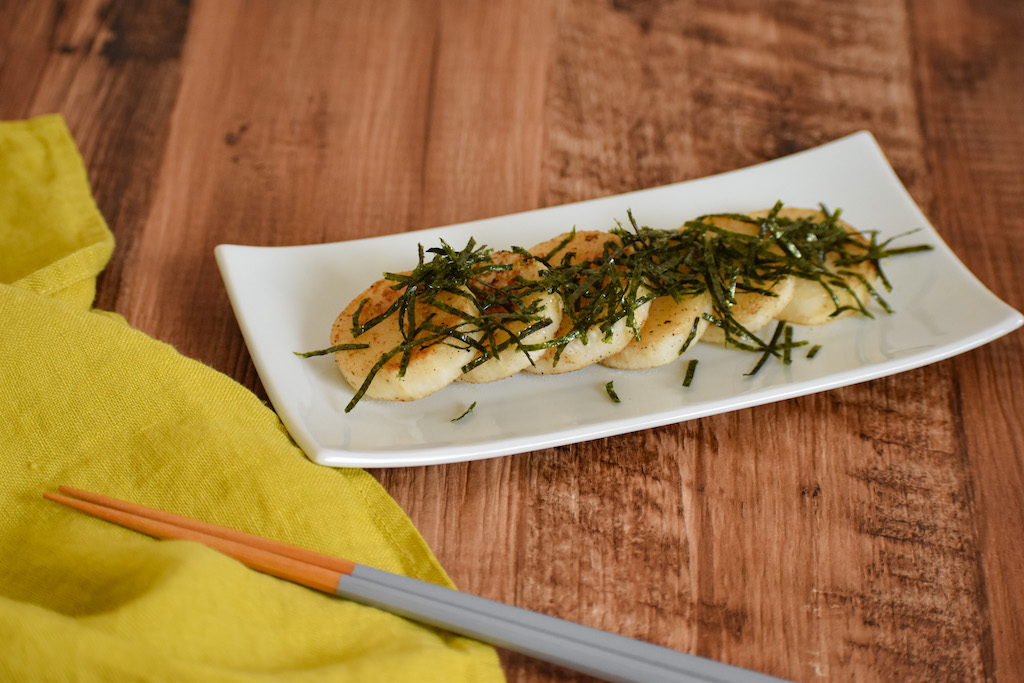
Of course it is delicious even raw, but when heated, the texture changes and it is interesting. The cooked Japanese yam has soft and flaky texture.
Japanese yam steak is one of the most popular dish using roasted yam. It’s made by roasting yam with garlic and seasoning with soy sauce as you like.
Nutrition Facts
Although the calories of Japanese yam differ depending on the types, it’s usually about 65 to 123kcal per 100g of edible portion. Because it is an ingredient that was eaten as a staple food in the olden days, it can be said that it has higher calories than vegetables.
Japanese yam contains abundant potassium which is said to be effective in preventing high blood pressure. Additionally, it contains vitamin B group, vitamin C, and dietary fiber in a well-balanced manner as other main nutrients.
Sweet Potato
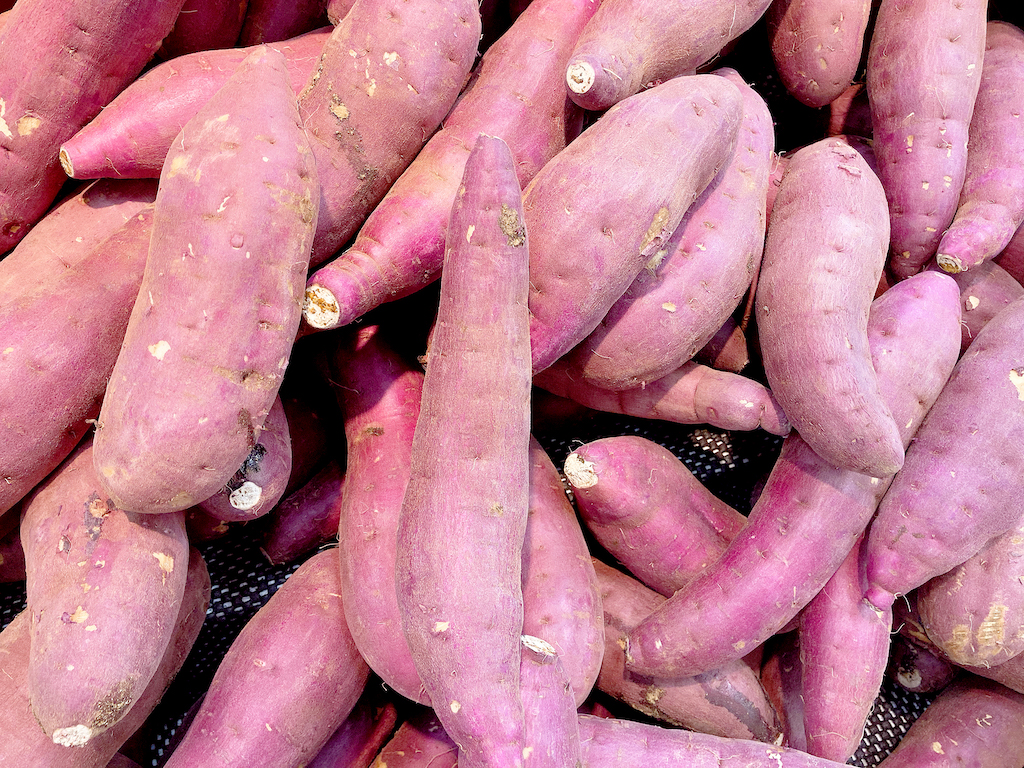
It’s called “satsumaimo” in Japanese.
There are several types of sweet potatoes in Japan, but basically they are collectively referred to as “satsumaimo”.
As the name says, the best feature is sweetness. It’s often regarded as the ingredient for sweets rather than for cooking.
Taste
It’s characterized by a very strong sweetness.
Sweet potatoes that have been slowly cooked has a more sticky texture than potatoes.
How To Use
Unlike Japanese yam and Chinese yam, please note that you cannot eat sweet potatoes raw. Here are some popular ways of eating sweet potatoes in Japan.
Ishi-yakiimo
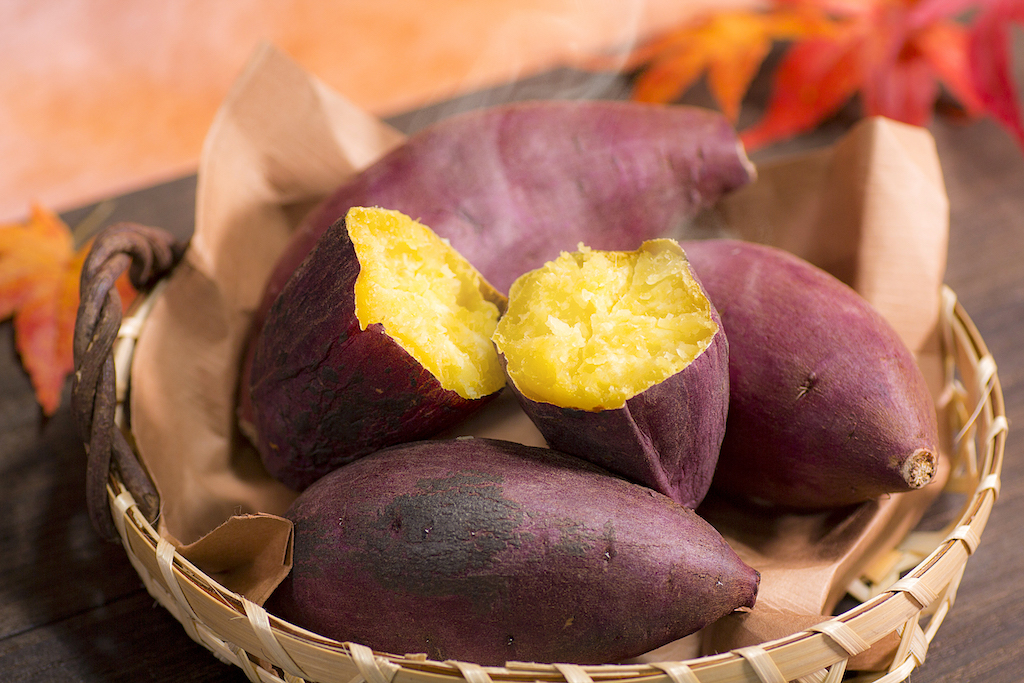
When it comes to sweet potatoes, Japanese people think of ishi-yakiimo. It is a sweet potato roasted in hot pebbles. Honey comes out from the slowly roasted sweet potatoes, and it’s unbelievably delicious!
There are so many kinds of Japanese sweets using sweet potatoes. Here are some examples.
Daigaku-imo (Candied sweet potatoes)
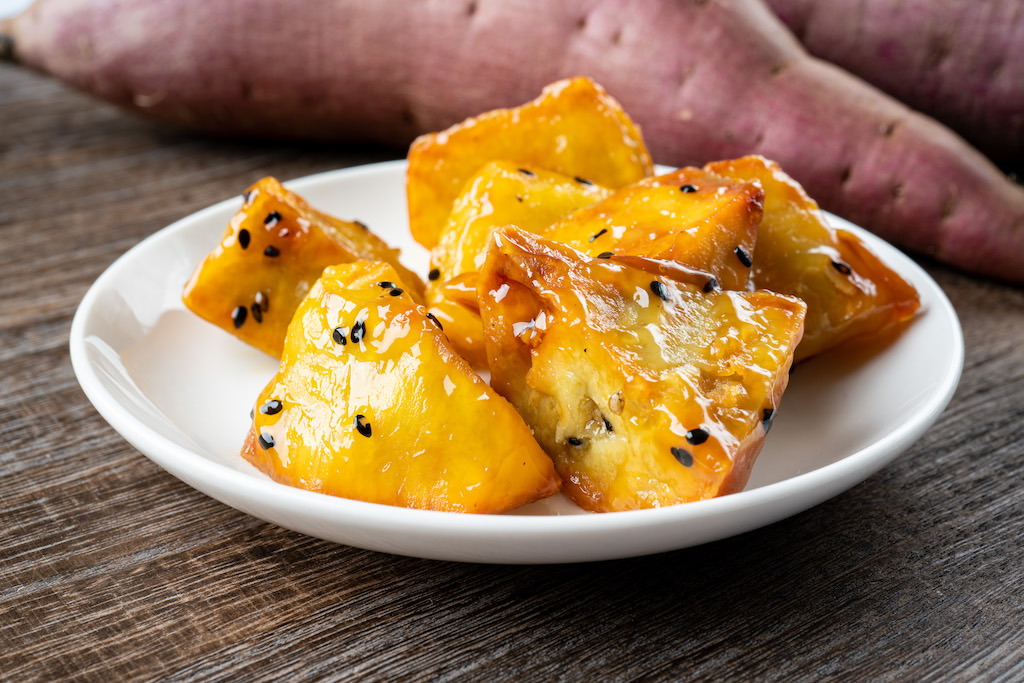
Sweet potato pie / tart / cake

Yokan (A bar of sweet potato paste)
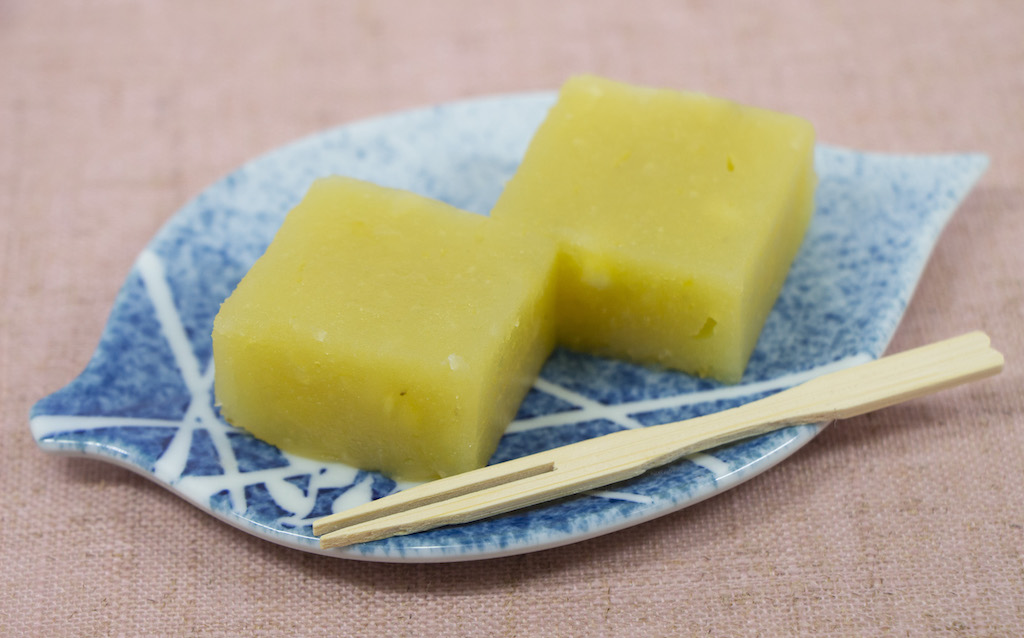
Tempura

In addition to the sweets, sweet potatoes are often used as tempura ingredient.
Shochu
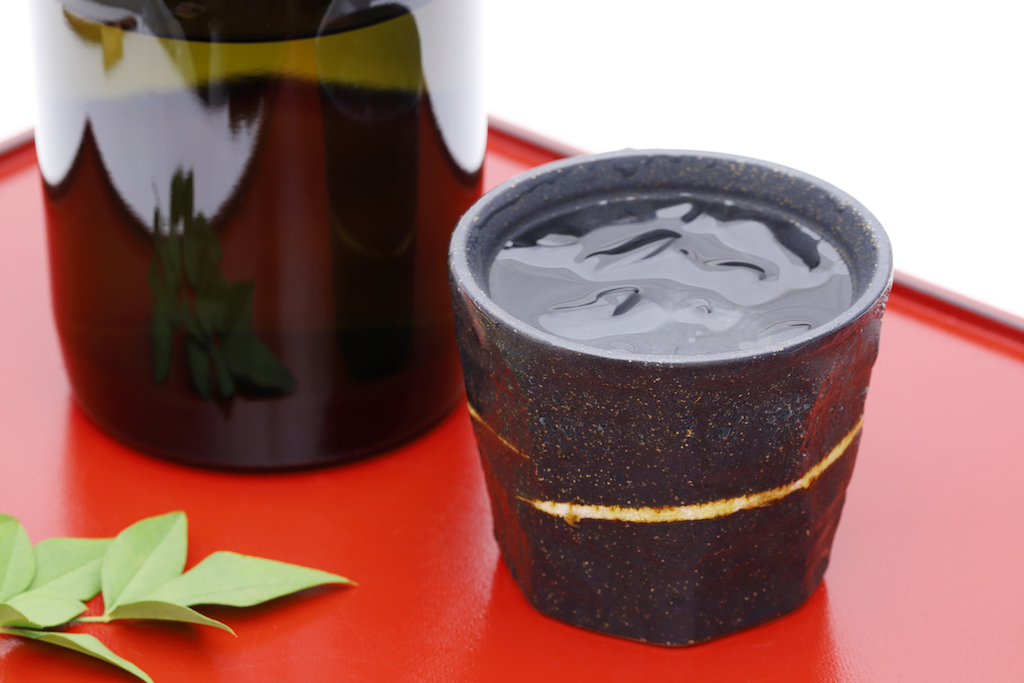
Also, the main ingredient of potato shochu* (imo-shochu) is this sweet potatoes. It features a soft and elegant sweetness and a unique aroma.
*shochu is Japanese white distilled liquor
Nutrition Facts
The calories of sweet potatoes is about 140kcal per 100g of edible portion.
One of the main nutrients contained in sweet potatoes is dietary fiber. Both insoluble and water-soluble dietary fiber are included. It activates the movement of the intestines, and expected to have an intestinal regulating effect.
Also as other nutrients, potassium, vitamin C, vitamin E, calcium, etc. are abundantly contained.
Compared to other vegetables, it is said that less nutrients in sweet potatoes are lost even when cooked.
Conclusion
How were the differences between Japanese yam and sweet potato?
Japanese yam has the gentle flavor of the yam and unique sticky texture, while you can enjoy wonderful sweetness of sweet potatoes.
Please try to taste various types of dish using those 2 ingredients if you have a chance!

